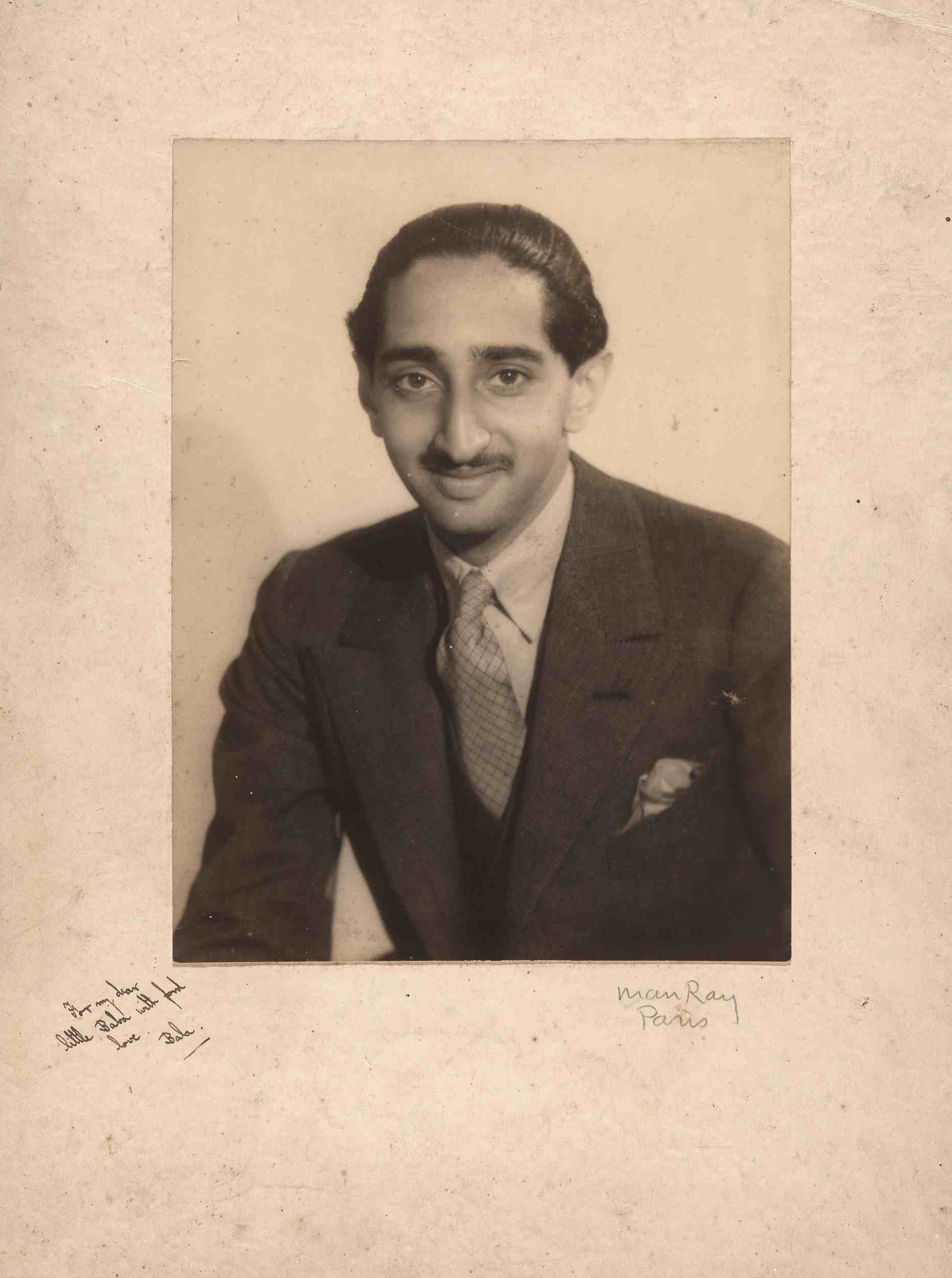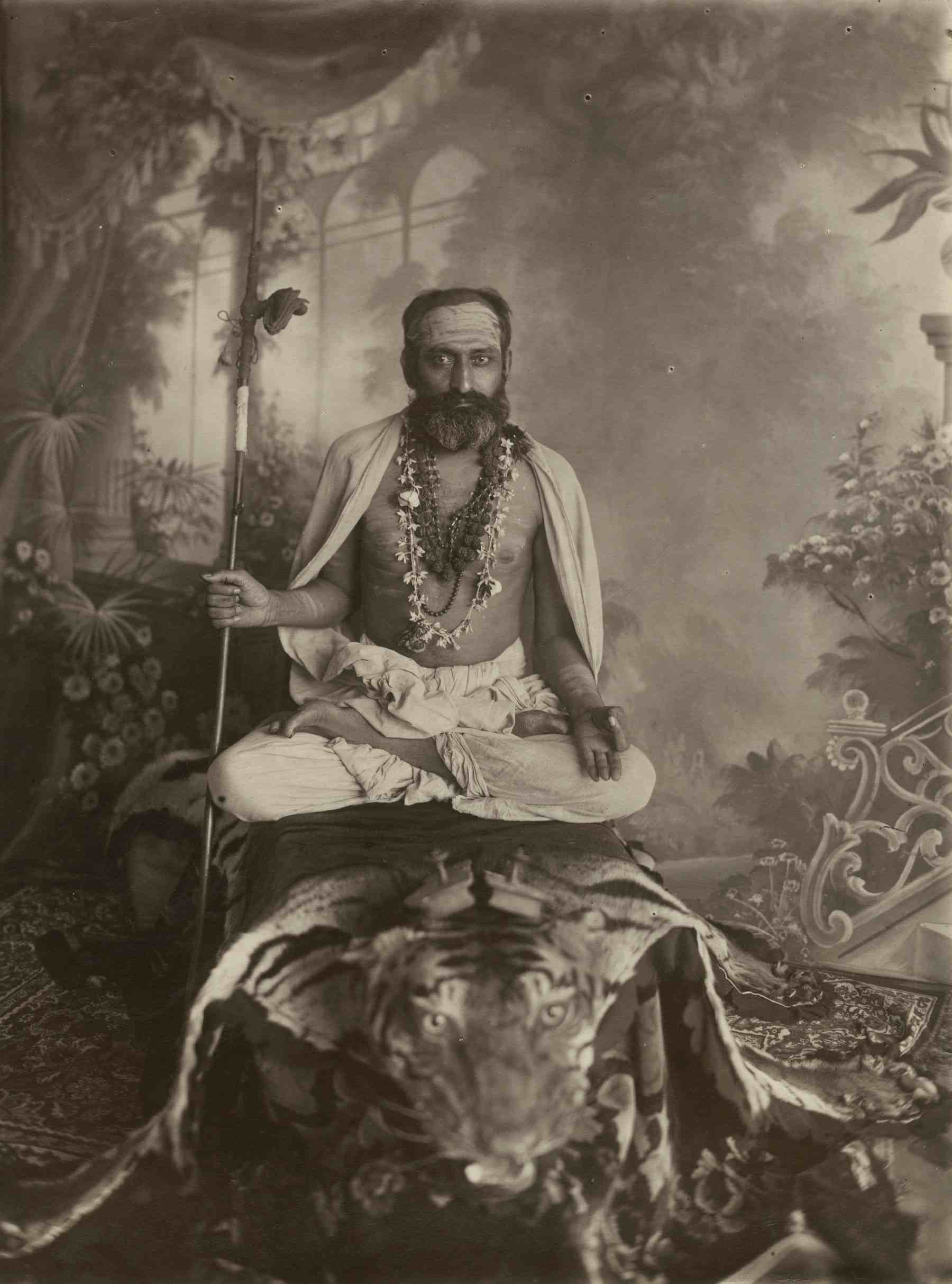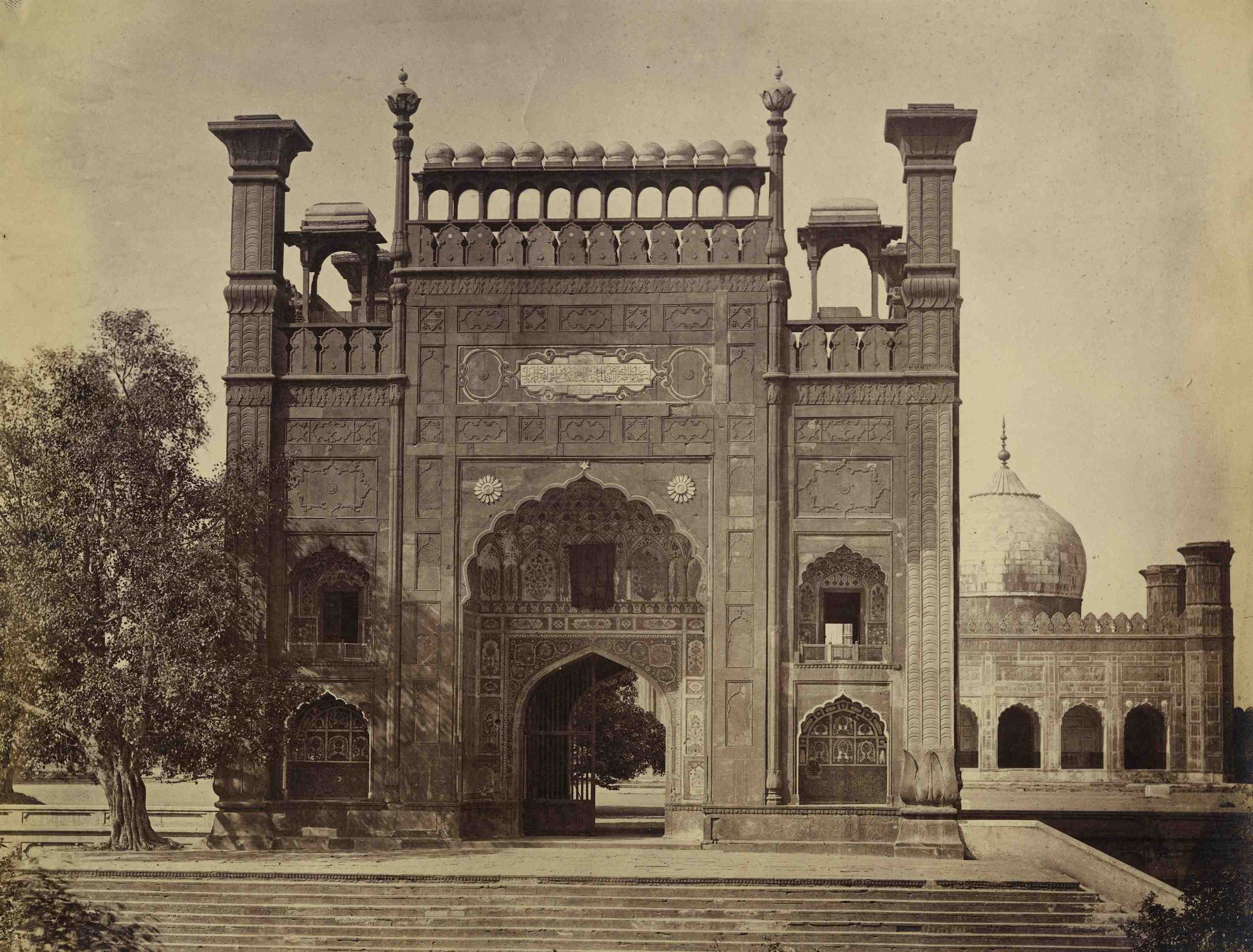Ramchandra Rao and Pratap Rao. Maharaja Tukoiji Rao Holkar III’s Wedding Procession.Indore, 1913.Gelatin silver print, 21.5 x 28.2 cm.
At a time the world was only just beginning to marvel at the potential of photography, amateur photographers were already roaming the Indian subcontinent. French printmaker Louis Daguerre demonstrated his new method of capturing fixed and precise images to members of the Academy of Sciences in France in 1839, heralding the birth of commercial photography. Cameras reached the Indian subcontinent just a year later.
The New Medium: Photography in India 1855-1930, an exhibition at the Prahlad Bubbar gallery in London, showcases the efforts of the earliest Indians and Europeans to dabble in and explore the limits and potential of photography
Photographers in India often worked at the invitation of British administrators, to create visual records of significant monuments and sites of historic interest – particularly after the ravages of the 1857 war.

Dr John Murray. The Arsenal and the Pearl Mosque. Agra, circa 1858. Albumen print, 35.5 x 42.6cm. Photo credit: Prahlad Bubbar
By the end of the 19th century, photography had become a well-established commercial activity, with societies and studios across the country. Several photographers were Europeans who had cameras, access to Indian bearers and the means to travel widely across the subcontinent.

Frith's Series, attributed to Oscar Mallitte. Banyan Trees in Botanical Gardens, Calcutta. Calcutta, circa 1870. Albumen print, 15.3 x 20.4 cm. Photo credit: Prahlad Bubbar
Many of these images appear more striking today because they do not adhere to conventions established years later. Bubbar, curator of the exhibition points to a photograph by English photographer Dr John Murray of the Taj Mahal. Murray, who was known for his images of Mughal monuments, framed the Taj not from the front to show off its perfect symmetry, but from a small grove to its side.

Dr John Murray. Gardens of the Taj Mahal. Agra, circa 1856. Albumen print, 37.8 x 43.4 cm. Photo credit: Prahlad Bubbar
Pioneering Indians
One of the earliest and best-known Indian photographers was Lala Deen Dayal, the official photographer of the Nizam of Hyderabad.
Born in Meerut in 1844, Deen Dayal began his career as a surveyor at the Public Works Department of the Central India Agency in Indore. He grew interested in photography around 1874, a few decades after the medium had reached India. By 1887, a decade after he began to take photographs, Deen Dayal even obtained a Royal Warrant from Queen Victoria for his photography studios across India.
Several of Deen Dayal’s photographs are of monuments, landscapes and palaces across central India, Bubbar, the exhibition’s curator notes. He did not differ very much from his contemporaries in this.
A thorough documenter, he also took photographs of unusual cultural practices, as with one of athletes in Dewas taken around 1885.

Raja Deen Dayal. Dewas Athletes. India, circa 1885, Albumen print, 14.6 x 10 cm. Photo credit: Prahlad Bubbar
Deen Dayal, like other photographers, also took portraits of several Indian royals over his career. These early images tend to be hagiographic, with subjects often surrounded by visible signs of their wealth.

Raja Deen Dayal. Maharaja Bhan Pratap Singh of Bijawar. Central India, circa 1882. Albumen print, 19.5 x 26.5 cm. Photo credit: Prahlad Bubbar
Conventions had changed by the 20th century, as a photograph of Maharaja Yeshwantrao Holkar II of Indore shows. In the intimate close up taken in 1930 by the famous surrealist photographer Man Ray, Holkar is shown dressed in a natty suit and tie without any distracting paraphernalia in the background.

Man Ray. Maharaja Yeshwantrao Holkar II. Signed by Man Ray and stamped on the verso: ‘Man Ray/31bis Rue/Campagne/Première/PARIS/Littre 76-57’, circa 1930. Gelatin silver print, 23.2 x 17.5 cm. Photo credit: Prahlad Bubbar
Here are some images from the exhibition:

Anon. A Shaiva Yogi Seated on a Tiger Skin. Circa 1890s. Albumen print, 21 x 16 cm. Photo credit: Prahlad Bubbar

Anon. Lahore: Gate of Jamu Masjid Mosque. 1860s. Albumen print, 21 x 27.5 cm. Photo credit: Prahlad Bubbar

Nicholas Bros. Seringapatam. Mausoleum Erected over Tippoo Sultan and Haider Ali. Circa 1870s. Albumen print, 22 x 27 cm. Photo credit: Prahlad Bubbar










